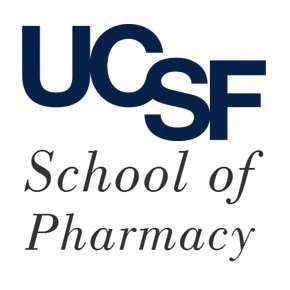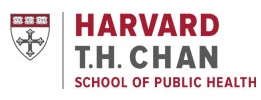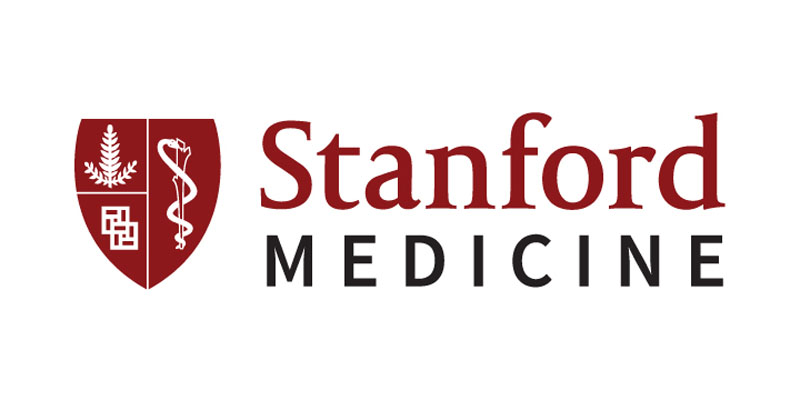Submitted by ja607 on
| Title | Synaptic processes and immune-related pathways implicated in Tourette syndrome. |
| Publication Type | Journal Article |
| Year of Publication | 2021 |
| Authors | Tsetsos, F, Yu, D, Sul, JHoon, Huang, AY, Illmann, C, Osiecki, L, Darrow, SM, Hirschtritt, ME, Greenberg, E, Muller-Vahl, KR, Stuhrmann, M, Dion, Y, Rouleau, GA, Aschauer, H, Stamenkovic, M, Schlögelhofer, M, Sandor, P, Barr, CL, Grados, MA, Singer, HS, Nöthen, MM, Hebebrand, J, Hinney, A, King, RA, Fernandez, TV, Barta, C, Tarnok, Z, Nagy, P, Depienne, C, Worbe, Y, Hartmann, A, Budman, CL, Rizzo, R, Lyon, GJ, McMahon, WM, Batterson, JR, Cath, DC, Malaty, IA, Okun, MS, Berlin, C, Woods, DW, Lee, PC, Jankovic, J, Robertson, MM, Gilbert, DL, Brown, LW, Coffey, BJ, Dietrich, A, Hoekstra, PJ, Kuperman, S, Zinner, SH, Wagner, M, Knowles, JA, A Willsey, J, Tischfield, JA, Heiman, GA, Cox, NJ, Freimer, NB, Neale, BM, Davis, LK, Coppola, G, Mathews, CA, Scharf, JM, Paschou, P, Barr, CL, Batterson, JR, Berlin, C, Budman, CL, Cath, DC, Coppola, G, Cox, NJ, Darrow, S, Davis, LK, Dion, Y, Freimer, NB, Grados, MA, Greenberg, E, Hirschtritt, ME, Huang, AY, Illmann, C, King, RA, Kurlan, R, Leckman, JF, Lyon, GJ, Malaty, IA, Mathews, CA, McMahon, WM, Neale, BM, Okun, MS, Osiecki, L, Robertson, MM, Rouleau, GA, Sandor, P, Scharf, JM, Singer, HS, Smit, JH, Sul, JHoon, Yu, D, Aschauer, HAschauer H, Barta, C, Budman, CL, Cath, DC, Depienne, C, Hartmann, A, Hebebrand, J, Konstantinidis, A, Mathews, CA, Müller-Vahl, K, Nagy, P, Nöthen, MM, Paschou, P, Rizzo, R, Rouleau, GA, Sandor, P, Scharf, JM, Schlögelhofer, M, Stamenkovic, M, Stuhrmann, M, Tsetsos, F, Tarnok, Z, Wolanczyk, T, Worbe, Y, Brown, L, Cheon, K-A, Coffey, BJ, Dietrich, A, Fernandez, TV, Garcia-Delgar, B, Gilbert, D, Grice, DE, Hagstrøm, J, Hedderly, T, Heiman, GA, Heyman, I, Hoekstra, PJ, Huyser, C, Kim, YKey, Kim, Y-S, King, RA, Koh, Y-J, Kook, S, Kuperman, S, Leventhal, BL, Madruga-Garrido, M, Mir, P, Morer, A, Münchau, A, Plessen, KJ, Roessner, V, Shin, E-Y, Song, D-H, Song, J, Tischfield, JA, A Willsey, J, Zinner, S, Aschauer, H, Barr, CL, Barta, C, Batterson, JR, Berlin, C, Brown, L, Budman, CL, Cath, DC, Coffey, BJ, Coppola, G, Cox, NJ, Darrow, S, Davis, LK, Depienne, C, Dietrich, A, Dion, Y, Fernandez, T, Freimer, NB, Gilbert, D, Grados, MA, Greenberg, E, Hartmann, A, Hebebrand, J, Heiman, G, Hirschtritt, ME, Hoekstra, P, Huang, AY, Illmann, C, Jankovic, J, King, RA, Kuperman, S, Lee, PC, Lyon, GJ, Malaty, IA, Mathews, CA, McMahon, WM, Müller-Vahl, K, Nagy, P, Neale, BM, Nöthen, MM, Okun, MS, Osiecki, L, Paschou, P, Rizzo, R, Robertson, MM, Rouleau, GA, Sandor, P, Scharf, JM, Schlögelhofer, M, Singer, HS, Stamenkovic, M, Stuhrmann, M, Sul, JHoon, Tarnok, Z, Tischfield, J, Tsetsos, F, A Willsey, J, Woods, D, Worbe, Y, Yu, D, Zinner, S |
| Corporate Authors | Tourette Association of America International Consortium for Genetics, Gilles de la Tourette GWAS Replication Initiative, Tourette International Collaborative Genetics Study, Psychiatric Genomics Consortium Tourette Syndrome Working Group |
| Journal | Transl Psychiatry |
| Volume | 11 |
| Issue | 1 |
| Pagination | 56 |
| Date Published | 2021 01 18 |
| ISSN | 2158-3188 |
| Abstract | Tourette syndrome (TS) is a neuropsychiatric disorder of complex genetic architecture involving multiple interacting genes. Here, we sought to elucidate the pathways that underlie the neurobiology of the disorder through genome-wide analysis. We analyzed genome-wide genotypic data of 3581 individuals with TS and 7682 ancestry-matched controls and investigated associations of TS with sets of genes that are expressed in particular cell types and operate in specific neuronal and glial functions. We employed a self-contained, set-based association method (SBA) as well as a competitive gene set method (MAGMA) using individual-level genotype data to perform a comprehensive investigation of the biological background of TS. Our SBA analysis identified three significant gene sets after Bonferroni correction, implicating ligand-gated ion channel signaling, lymphocytic, and cell adhesion and transsynaptic signaling processes. MAGMA analysis further supported the involvement of the cell adhesion and trans-synaptic signaling gene set. The lymphocytic gene set was driven by variants in FLT3, raising an intriguing hypothesis for the involvement of a neuroinflammatory element in TS pathogenesis. The indications of involvement of ligand-gated ion channel signaling reinforce the role of GABA in TS, while the association of cell adhesion and trans-synaptic signaling gene set provides additional support for the role of adhesion molecules in neuropsychiatric disorders. This study reinforces previous findings but also provides new insights into the neurobiology of TS. |
| DOI | 10.1038/s41398-020-01082-z |
| Alternate Journal | Transl Psychiatry |
| PubMed ID | 33462189 |
| PubMed Central ID | PMC7814139 |
| Grant List | R01 NS102371 / NS / NINDS NIH HHS / United States R01 NS105746 / NS / NINDS NIH HHS / United States R01 MH115958 / MH / NIMH NIH HHS / United States U01 HG009086 / HG / NHGRI NIH HHS / United States R21 HG010652 / HG / NHGRI NIH HHS / United States R56 MH120736 / MH / NIMH NIH HHS / United States U54 MD010722 / MD / NIMHD NIH HHS / United States R01 DC016977 / DC / NIDCD NIH HHS / United States DP2 HD098859 / HD / NICHD NIH HHS / United States R01 MH115961 / MH / NIMH NIH HHS / United States U24 MH068457 / MH / NIMH NIH HHS / United States R01 MH113362 / MH / NIMH NIH HHS / United States RM1 HG009034 / HG / NHGRI NIH HHS / United States |





